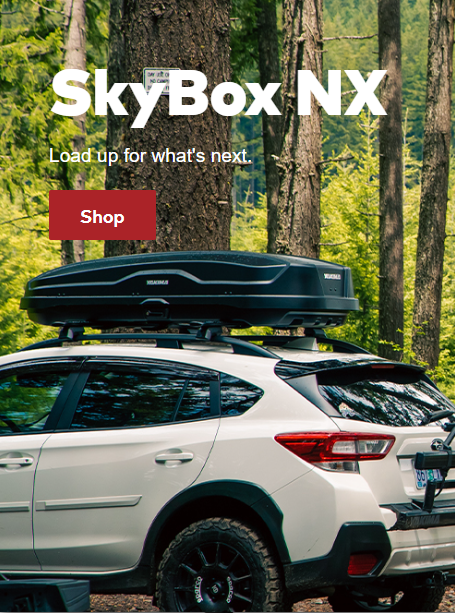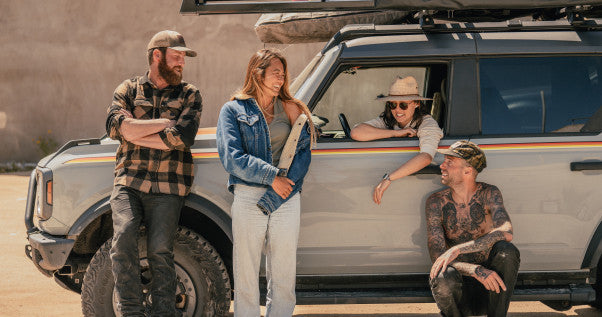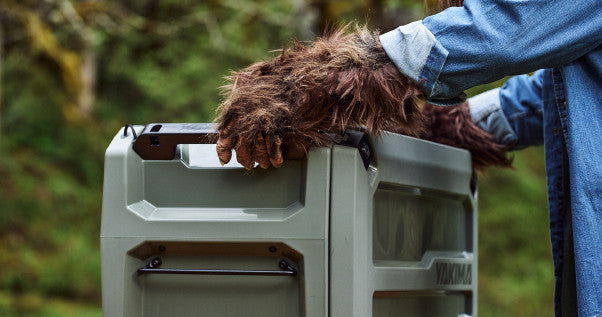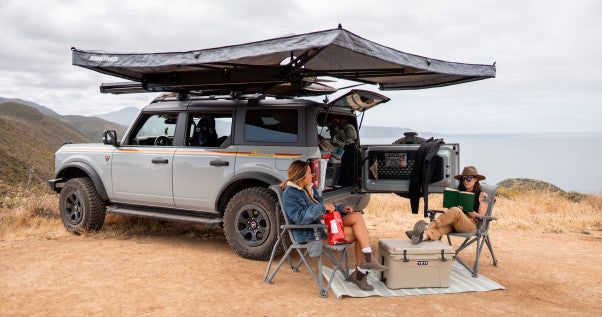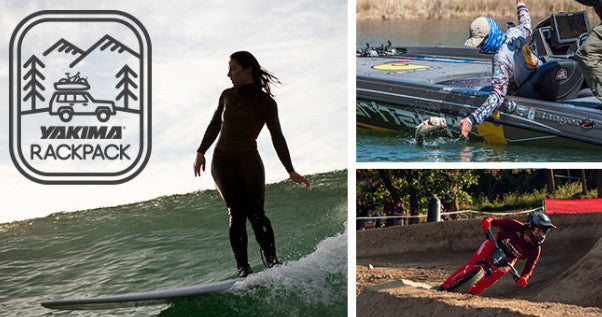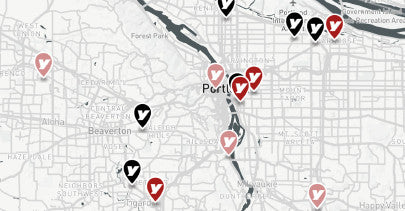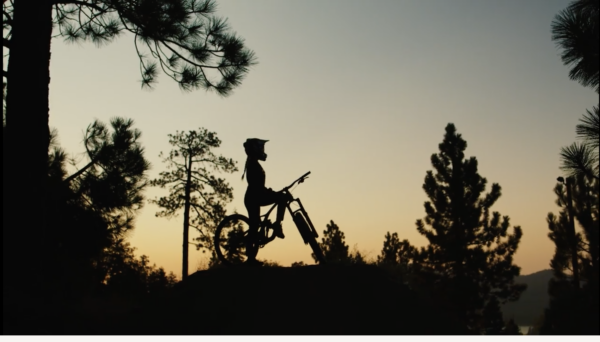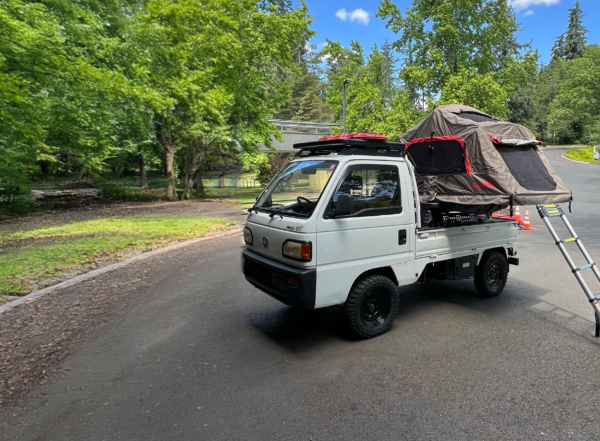Arguably, there’s no better time to hit the open road than during the fall, when this country’s landscapes and forests are ablaze in their full fiery force, and when the cool autumn air elicits windows-down, wind-blown hair, flannel shirts flapping like sails, warm beverages enjoyed from farm stands, and chilly nights spent at roadside campsites with friends. But, with so many expansive, culturally stimulating, historically appealing regions to explore, which are the best routes to choose? To help, we’ve asked our local experts to identify their favorite road trips. Here are 5 ideas that will be perfect for any fall weekend:
1. Northeast
Portland, ME —> Burlington, VT via the Kancamagus HWY, 196 miles.

After enjoying lobster rolls and Allagash Brewing beers in Maine’s largest city, head northwest along the iconic Kancamagus Hwy through an explosion of fall color. After about 100-miles, this maple, alder, and birch-lined route will lead you through the heart of New Hampshire’s stunning White Mountains. Be sure to stop in the adjoining towns of Lincoln and North Woodstock. You can stay at the Woodstock Inn (which doubles as a brewery) and enjoy one of the best breakfasts of your life — featuring a long list of hearty Eggs Benedict dishes, Blueberry Pancakes, and French Waffles. Or, if you and your traveling party are feeling a little more rugged, you can trek up to the glorious Franconia Ridge for an unforgettable hiking experience with some of the most amazing views on the east coast. If you choose this option, spend the night at Galehead Hut, which is an Appalachian Mountain Club hut perched in the Pemigewasset Wilderness, featuring bunk rooms and a front porch perfect for enjoying an evening glass of wine.
The following day, tear yourself away from either the comfy confines of Woodstock Inn or Galehead Hut and drive the remaining 100 or so miles to Vermont’s largest city and one of the best outdoor towns in the country. Sitting on the banks of Lake Champlain, with amazing views of the Adirondacks, this college town, with its pedestrian-friendly Church Street, wide array of excellent restaurants, and close proximity to ski mountains and hiking trails is the perfect fall destination. Be sure to eat at the Skinny Pancake to enjoy delicious and inventive sweet and savory crepes.
2. South
Front Royal, VA —> Waynesboro, VA via Skyline Drive, 105 miles.

Virginia’s Skyline Drive is the lesser-known cousin of the world-famous Blue Ridge Parkway… but only slightly lesser-known. This popular route, which weaves and winds for 105 miles along the length of Shenandoah National Park, is one of the most scenic drives on the east coast, especially during the fall. You and your friends will want to take your time. With its 35 mph speed limit, nearly 75 scenic overlooks, accessible camp stores known as Waysides, ample hiking trails and campsites, and almost guaranteed black bear sightings, it’s no wonder Skyline Drive has become a staple for southern road tripping. While certainly possible to complete this route in one day, it would be a mistake. There are four large campgrounds, plenty of backcountry sites with primitive shelters and fire rings, and even the historic Skyland Resort, which is located around mile 41 at the highest point along Skyline Drive and features rustic cabins, priceless views, and an all you can eat breakfast buffet in the morning. For the best of all worlds, we recommend going to a Wayside, getting a blackberry milkshake, loading up on camp supplies (e.g. marshmallows and beer), spending the night at a campground, and then hitting up Skyland Resort’s all you can eat breakfast.
When you reach Waynesboro, be sure to continue the good times by connecting with Virginia State Highway 151. This scenic route, at the base of the Blue Ridge, in the verdant Rockfish Valley, is one of the most fun roads you can drive with friends. Sprinkled along it are 7 wineries, 3 breweries, and even a cidery (perfect during apple season). Stop by one (or all) of the brewpubs and enjoy craft beer, messy burgers, and late-afternoon games of cornhole.
3. North Midwest
Duluth, MN —> Grand Marais, MN via Minnesota State HWY 61, 125 miles.

Another iconic American drive is Minnesota’s Highway 61- a magical route along the scenic banks of Lake Superior, which leads to the launching point of one of the wildest places in North America: the Boundary Waters Canoe Area. The best way to make the transition from the urban rat race to wilderness serenity is to drive from Duluth, MN to Grand Marais, MN. Generally a two-lane road, Hwy 61 twists and turns through thick forests and small towns. The near constant views of Lake Superior’s expansive waters and very distant horizon provide a reminder of just how large and superior this lake truly is. On the way to Grand Marais, there are six Minnesota State Parks, all with their own individual charm. The rest stop area at Gooseberry Falls State Park is a great place to stop and listen to the roar of water flowing over the falls. Also, stopping at Tettegouche or Temperance River and hiking down to the shores of Lake Superior to skip rocks and take pictures is a very memorable experience.
There’s so much natural beauty to ponder on Hwy 61, and the perfect place to end the drive is by spending a night at the Naniboujou Lodge and Resort. Built in the 1920’s as a private resort, this place is now an extremely colorful and ornate destination with lakeside property, comfortable lodging, and fine dining. The couches in front of the lodge’s massive fireplace provide the perfect place to share stories and laughs, as do the lakeside lawn chairs.
4. West
Jackson Hole, WY —> Cody, WY via US-191 N/US-89 N and US-14 E/US-20 E, 177 miles.

From picturesque Jackson, this drive packs immense country and almost unparalleled beauty. Starting with the National Elk Refuge, whose long grasses wave like open seas in the wind, you’ll drive with the Great Tetons calling to you from your left for nearly 50 miles. With almost no foothills to prepare the eye for their eruption from the planes, the Tetons rise like blades to cut the skies 14,000 feet above the sage grass prairie. You’ll drive alongside Jackson Lake, before eventually reaching the gates of Yellowstone National Park, where the road cuts through dense pine forest. After approximately 20 miles, turn right to stay on Grand Loop Road, which is closed during the winter. Here, the trees open up to provide gorgeous views of Yellowstone Lake and the surrounding mountains. Once you pass Lake Butte Overlook (one of the best overlooks in the entire park), you’re headed into the high country. The mountains start to get big again, and you’re headed for the east gate of the park and the Shoshone National Forest, an enormous wilderness area of over 2.5 million acres.
When you exit Yellowstone on its east gate, take the North Fork Highway, which follows the North Fork of the Shoshone River. You’ve got smooth sailing, err, driving, ahead. And through spectacular country to boot. Here, the geography changes again from dense pine forest to steep red rock canyons and prairies textured with jagged, volcanic rock spires. Increasingly, the country resembles the old west of Buffalo Bill Cody, and it’s not a coincidence that Cody, WY was named after this famous frontiersman and showman. As you near Cody, the land opens up into immense valleys of long, yellow grasses, and if you’ve timed your drive to be here during the long shadows of sunset, you’re in for an exquisite golden hour. There are numerous campsites along the North Fork of the Shoshone, but if you decide to spend the night in Cody, refuel at the Rib & Chop House downtown.
5. Pacific West
Lake Tahoe, CA —> Mammoth Lakes, CA via US-395 S, 140 miles.

Though not as popular as California’s Route 1, this drive through the Eastern Sierras is simply spectacular. Beginning in the destination town of South Lake Tahoe, head south via US 395 through a subalpine land of golden aspens, willows, and cottonwoods. Marvel at the snow-capped peaks and towering pines as you travel over a series of mountain passes with ever-increasing beauty. Pass by gorgeous lakes and even get a taste of the high desert before coming to one of the biggest highlights of the route: Mono Lake. This large, ancient, highly salient body of water is truly one of the most interesting and otherworldly geological and ecological formations in the country. It’s definitely worth getting out of the car and posing for some photos next to the tufa towers — a Martian-like variety of limestone formed by precipitation of carbonate minerals. When you’re done with your photo shoot, head west towards Yosemite National Park via CA State Route 120, and spend the night at any one of the number of worthwhile campgrounds lining the road.
Take your time in the morning before heading back to 395 to finish the last 30 mile leg of your drive, before arriving in the truly exceptional mountain town of Mammoth Lakes — a hiking and mountain biking mecca in the summer and a world-class skiing destination in the winter. During the fall, it explodes with golden yellows and burnt oranges as the aspens transform. Take the gondola up to Mammoth Mountain for an all-encompassing panorama of the area, and dine at Jimmy’s Taverna — an upscale Grecian restaurant with traditional seafood dishes and am amazing cut of lamb.

